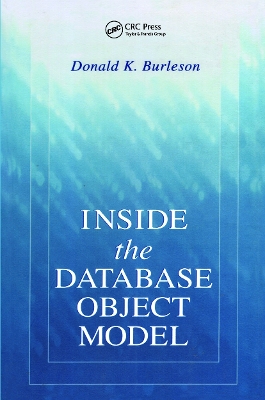Databases and database system design are in the midst of a major transition to object-oriented databases. Moving from relational database architecture to an object-oriented technology is the next logical step in database design.
With the properties of encapsulation, abstraction, and polymorphism, object technology systems are moving toward a unified data model that reflects the real world far more effectively than previous modeling techniques. Object-oriented development emphasizes the benefits of modular and reusable computer code as well as the benefits of modeling real-world objects. A properly designed object-oriented model also promises to be maintenance-free - all changes to data attributes and behaviors become a database task, not a programming task. Furthermore, object-oriented databases will store data, the relationships between data, and the behavior of data. Once data behaviors are added into a database management system, these "intelligent" databases will dramatically change the development of database systems.
Inside the Database Object Model shows how objects are added to commerical database systems, outlining why object-oriented development is best suited for dynamic, interactive environments. The book reflects the revolutionary change in database architecture, providing plenty of usable code and other illustrative material. The book explores how object technology is being incorporated into database management systems.
Although virtually every major database vendor adds objects to their database engines, their approaches vastly differ. Inside the Database Object Model:Explores the history and architecture of database system and the evolution of object technology
Examines the differences between relational database approach and the approach to object technology
Describes how major vendors approach basic object constructs, including encapsulation, abstract data types, polymorphisms, and aggregate objects
Describes how inheritance can be used with database objects
Outlines how to couple data with behavior using models
Demonstrates how C++ applications store data in a relational database
Identifies how Oracle, the world's leading relational database, extends SQL to exist with objects
Enables readers to design and implement real-world objects using object/relational technology
Major database vendors, such as Oracle, Informix, Sybase, and IBM, are rapidly moving into object-oriented database design. This book helps you through the transition.
- ISBN10 0849318076
- ISBN13 9780849318078
- Publish Date 25 June 1998
- Publish Status Active
- Out of Print 16 April 2021
- Publish Country US
- Publisher Taylor & Francis Inc
- Imprint CRC Press Inc
- Format Hardcover
- Pages 240
- Language English
